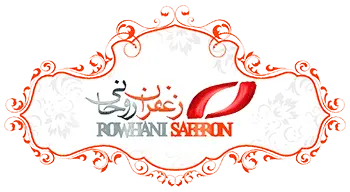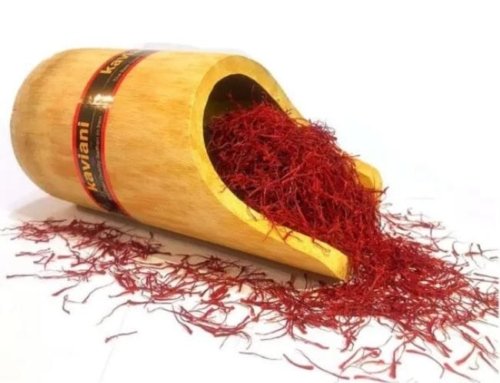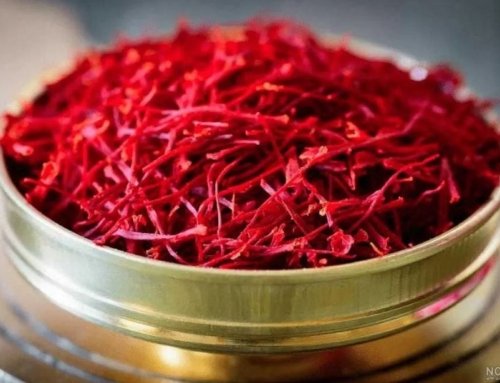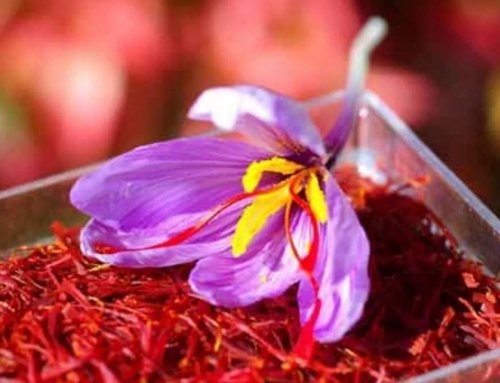What should be done to export Iranian saffron?
Saffron, this strategic product can and should have a much more prominent position in international markets, but for several years now, competitors have narrowed the field to Iranian saffron. What should be done and, more importantly, what should not be done? We sat down with the secretary of the council to discuss the various dimensions of this issue. Farshid Manouchehri explained various problems related to different sectors of the saffron industry and market, from production to export, and presented his solutions and those of the National Saffron Council of Iran.
Pay subsidies to the importer from the pocket of the exporter
Saffron exporters consider the mechanism defined for the return of export currency as one of the most important obstacles to their progress. Is there no better and more effective way to relieve the minds of the parties to this equation, namely the government and exporters of the return of currency? Farshid Manouchehri, secretary of the National Saffron Council of Iran, said in response to this question: Both the government and the private sector are right. The government has the right to demand the return of foreign exchange from exports, but the concern and question of the private sector is also correct: where in the world does the exporter subsidize the importer? Governments must answer this important question. To export and, consequently, to acquire currency and transfer it domestically, you must be able to compete with competitors that offer similar goods. Expenses related to the purchase of raw materials, transportation, packaging, etc. are done in free currency, then the exporter is asked to offer his currency in the system with a difference of several thousand tomans. This mechanism does not make sense. In this case, the importer benefits and actually receives his subsidy from the exporter.
The government buys the currency at the current rate
Explaining his proposed solution, he said the government should buy the currency from the exporter at the current rate. Subsidizing importers should also be done from the government treasury. If we want basic goods such as chicken and red meat to be provided to the people at reasonable prices, the agricultural jihad must pay the necessary subsidies for imports and animal feed. The government should not subsidize the importer out of pocket. Another solution is for the government to pour so much currency into the market that the price of the currency will be even lower than the price of the Nima system. In this case, everyone wants the system to buy your value. However, the legitimate interests of an economically active person must be secured.
Export is an excuse for import
It is wrong to publish statistics on saffron production, and other countries do not do the same. It is good that our media and government officials are paying attention to this important point. A member of the National Saffron Council, while stating this issue, said: We do not have any special program for saffron. Everyone has turned to saffron exports. This unpleasant situation has taken over all other products. The biggest threat to producers and exporters is the unhealthy competition that is taking shape. Everyone, with any degree of competence, exports saffron so that it can import in exchange for exports. In fact, exports have become an excuse for imports. Importing a product may have a 150% profit, so the unrealistic exporter does not hesitate to lose 30% before exporting products such as saffron. Exports, like imports, must be regulated. We have repeatedly called for discipline in this area.
The argument accepted by the Minister
He added: Fortunately, the current Minister of Industry, Mines and Trade is a very logical figure. When we discussed the matter with them, they accepted. We explained that saffron is a different and strategic product because it is used in low water areas. Two waterings are enough. It is a blessing that God has created for waterless areas. If saffron is taken from a farmer in South Khorasan and Fars, it will undoubtedly migrate to the outskirts of cities. In this way, a rural farmer becomes a simple, marginal worker. The problems of marginalization are not hidden from anyone. Mr. Wazir agreed and asked us to present a solution and a comprehensive plan. We did that. After reviewing the plan, he wrote a letter to the First Vice President stating that we want some of the powers to be transferred to the National Saffron Council of Iran.
Issue a qualification card
Manouchehri added: One of our demands, which was approved by the Minister himself, was to regulate the export of saffron. The ability of the exporter should be measured so that no one can export saffron at any price. Saffron is our national product. We wanted the National Saffron Council to be able to issue qualification cards to real exporters. We are looking for qualifications, not limitations. The two are completely different. In this way, an obligation can be obtained from the exporter that he has no right to sell Iranian saffron at any price in foreign markets. We have a special position in the production of saffron, and if we discipline its market, its pricing will be monopolized by Iran.



![Exporting Saffron to Turkey + Price Guide [Complete 0 to 100]](https://www.rowhanisaffron.com/wp-content/uploads/f1-372-500x383.jpg)




Get Social